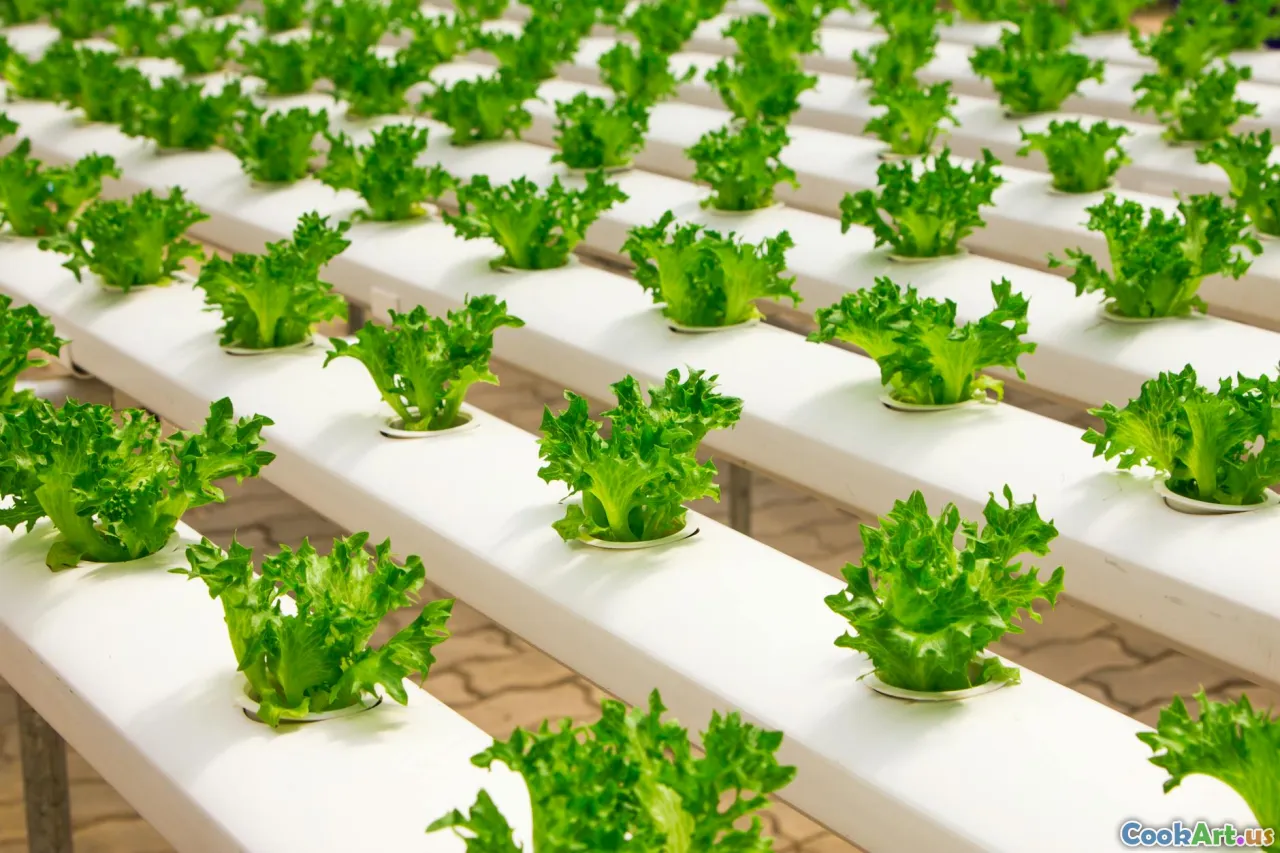Exploring Vertical Farming Technologies
5 min read Delve into the innovative world of vertical farming technologies and their impact on sustainable food production. April 08, 2025 21:00
Exploring Vertical Farming Technologies
In an era where food security is becoming increasingly critical, vertical farming is emerging as a revolutionary solution to meet the demands of a growing global population. This article delves deep into the innovative technologies behind vertical farming, its benefits, challenges, and the future it holds for sustainable agriculture.
What is Vertical Farming?
Vertical farming is the practice of growing crops in vertically stacked layers, often utilizing controlled-environment agriculture (CEA) technology. This method can be implemented in urban settings, warehouses, or even shipping containers, making it an adaptable solution for food production.
Key Technologies in Vertical Farming
-
Hydroponics: A soilless growing technique where plants are cultivated in nutrient-rich water. Hydroponics allows for faster growth rates and higher yields compared to traditional soil farming.
-
Aeroponics: This technique suspends plants in the air and mists their roots with a nutrient solution. Aeroponics uses less water than hydroponics and can lead to stronger root structures.
-
LED Lighting: Specialized grow lights that mimic sunlight and optimize the photosynthesis process. LED technology is energy-efficient and can be tailored to the specific light requirements of different crops.
-
Climate Control Systems: Advanced technologies that regulate temperature, humidity, and CO2 levels, ensuring optimal growing conditions year-round. Such systems enhance growth rates and reduce pests and diseases.
Benefits of Vertical Farming
- Space Efficiency: Vertical farms utilize vertical space, making them suitable for urban environments where land is scarce.
- Reduced Water Usage: Vertical farming can use up to 90% less water than traditional agriculture due to recirculation systems.
- Pesticide-Free Produce: Controlled environments minimize pests and diseases, reducing the need for chemical pesticides and herbicides.
- Local Food Production: These farms can be located closer to consumers, reducing transportation costs and the carbon footprint associated with food distribution.
Challenges to Overcome
Despite its many benefits, vertical farming faces several challenges:
- High Initial Costs: The technology and infrastructure required for vertical farms can be expensive, making entry into the market daunting.
- Energy Consumption: While LED lights are efficient, the overall energy demand for climate control and lighting can still be significant, necessitating a focus on renewable energy sources.
- Crop Variety Limitations: Currently, many vertical farms focus on a limited range of crops, primarily leafy greens and herbs. Expanding the variety of crops grown is essential for broader market acceptance.
The Future of Vertical Farming
As urbanization continues to rise, the need for innovative food production methods like vertical farming will grow. Future advancements in:
- AI and Automation: Leveraging artificial intelligence for crop management, pest detection, and yield prediction can enhance efficiencies.
- Genetic Engineering: Developing crop varieties specifically suited for vertical farming environments could expand the variety of produce available.
- Sustainability Practices: The integration of renewable energy sources and waste recycling methods will ensure that vertical farming remains an environmentally friendly option.
Conclusion
Vertical farming technologies represent a significant shift in how we think about food production, especially in urban settings. By harnessing cutting-edge technology and innovative practices, vertical farms have the potential to provide fresh, sustainable produce for urban dwellers while mitigating some of the most pressing challenges facing traditional agriculture. As we continue to explore this exciting field, the possibilities for enhancing food security and sustainability are endless.









